According to the CDC or the Centers for Disease Control and Prevention, at least half a million older adults at the age of 60 and up are neglected, or worse, abused every year. The number most likely reflects just a small portion of the real problem, since a lot of neglect and abuse cases today go unreported every year.
Of course, old-people abuse can happen in nursing homes and other treatment facilities. In this article, we will focus on identifying old-people violations in health care facilities, and on a neglected or abused resident’s legal option.
Check out https://www.webmd.com/cold-and-flu/qa/what-is-the-centers-for-disease-control-and-prevention for more info.
What is elder abuse?
According to the Administration on Aging, abuse on older people is defined as any intentional, knowing, or negligent act by medical or care professionals that can cause harm or severe risk of injury to vulnerable adults. The Center for Disease Control and Prevention, there are six kinds of maltreatment that are happening among people at the age of 60 and above.
It includes sexual, physical, financial, and emotional abuse, neglect, and abandonment. Pushing, heating, and slapping are all considered as physical abuse. Not only that, improper use of medicinal or physical restraints also falls into the classification of physical abuse. But as you can see from the list mentioned above, old-people maltreatment is not limited to its physical aspect.
What is neglect in older people?
Defining the concept of it is very difficult and complicated, mainly because of the different types of neglect, and how much the fact differs from one situation to another. People need to remember that there is a big difference between neglect and negligence. Generally speaking, it is defined as the caregiver’s failure – whether it’s from family members or hired staff – to fulfill any obligations that are related to the care of older people.
Because the needs of older adults are very different from a younger person, the forms of neglect can vary. Usually, it includes the denial of needs that are related to food, hygiene, medical care clothing, and shelter.
Signs of elder neglect and maltreatment
Every case is different, but here are some things to look for:
Physical abuse – Any unexplained injuries like broken bones or bruises, burns, or regular use of medical providers.
Emotional abuse: Anxiety, fearful behavior, unexplained, and severe changes in personality or moods, fear of interaction with medical professionals and caregivers, or nursing facility staff. It also includes the refusal to see members of the family and close friends, as well as withdrawal from the support system and hesitation to talk to anyone openly.
Sexual abuse – The development of STDs or sexually transmitted diseases, anal or genital pain, and bleeding or injury.
Neglect – Lack of essential or basic necessities like water, hygiene, food and shelter, malnourishment, development of skin ulcers or bedsores, unpaid bills, and unattended medical needs.
Abandonment – Unclean or unsanitary living conditions, soiled clothing or bedding, and lack of proper and necessary medical treatment.
Financial exploitation – Difference between the people’s living standards and available resources or assets, unexplained loss of assets, inexplicable financial arrangement and transactions, missing personal items, unexplained and sudden changes in their living arrangements like new roommate or location.
Self-neglect – It results where the older adult refuses any forms of medical or nursing care. The symptoms can take on one or more combinations of symptoms mentioned above.
To know more about this topic, click here for more information.
Who are legally liable for these abuses and neglect?
When neglect and abuse happen in the home care facility, they can be held liable for any of the following played a big part in causing injury or harm residents or patients:
Understaffing
Negligent hiring
Inadequate training
Regulatory obligations or breach of statutory and medication errors
You need to remember that nurse care facilities are also liable for any bad acts of their employees, including actions taken in the scope and course of the employee’s job responsibilities. As a part of elder care, nursing care homes usually hire contractors or outsource different tasks to third-party companies. These companies may also be liable for neglect and abuse of residents.
What should people do if they suspect these types of maltreatment or neglect?
If you are a victim of maltreatment or you suspect any you know is a victim of abuse and neglect, you need to call the law enforcers or Adult Protective Services immediately. People don’t need to prove maltreatment to make a report.
To get started, you can go to the NCEA or the National Center on Elder Maltreatment resource page and report any abuse. If you are worried about possible problems at any nursing home facility, you can ask your area’s long-term care ombudsman to serve as a resource.
In any case, where you suspect an old-person abuse, it might make sense to ask the help of lawyers how to have the right experience handling these types of cases. Lawyers can identify the proper response in non-emergency situations and will make sure that the victim’s well-being and legal rights are being protected.


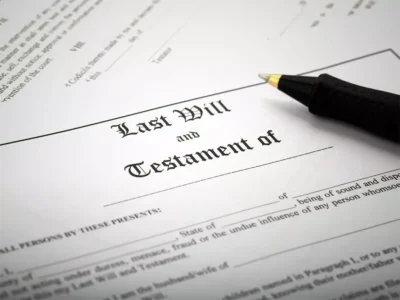


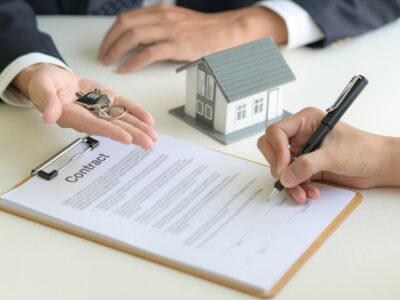
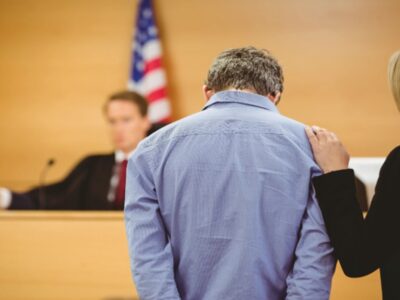
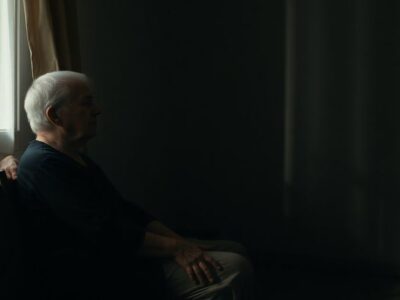
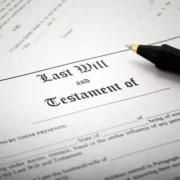



Comments